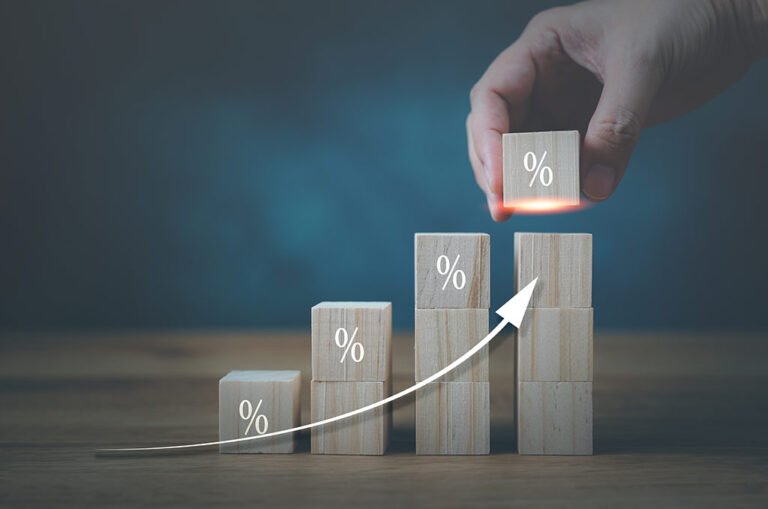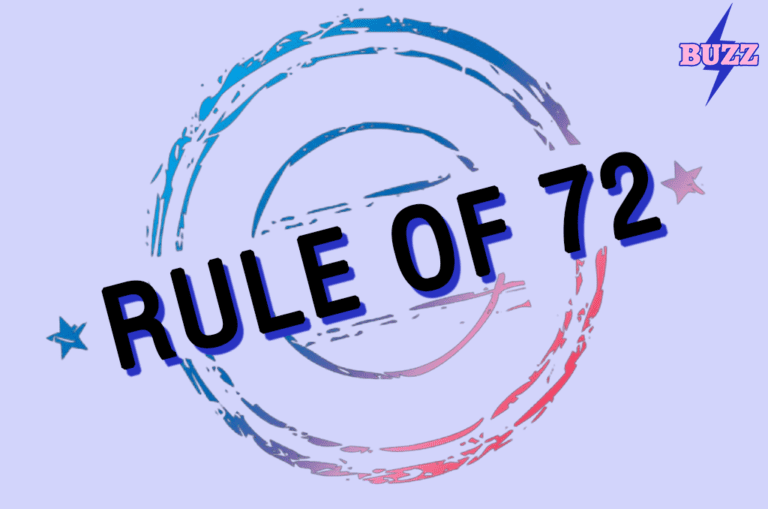At its meeting this week, the Federal Reserve is expected to increase its target federal funds rate by an additional 0.75 percentage points in order to battle inflation. The interest rate at which banks lend and borrow money from one another overnight is called the federal funds rate, and it is determined by the central bank. The anticipated Federal Reserve interest rate hike will coincide with an increase in the cost of borrowing and result in an instantaneous rise in the expense of borrowing for many different types of consumer borrowing.
Here’s how the Federal Reserve interest rate hike could affect you:
According to a current WalletHub estimate, individuals with credit card bills will incur increased interest costs of $5.3 billion this year if the Fed announces the anticipated 75 percent increase raise.
Home owners will pay around $30,600 more in interest presently, assuming a 30-year fixed-rate on an average home loan of $409,100, per WalletHub’s estimate because the upcoming rate hike is substantially built into mortgage rates.
As the Fed raises the interest rate, students will also have to pay more on loans.
More from Penny Calling Penny…
Students take a sigh of relief- Bidens Student Loan Forgiveness
Does This 11-Word Phrase to Stop Debt Collectors Really Work?
How to Pay Off $30,000 In Credit Card Debt
Positively, after many Federal Reserve interest rate hike, interest rates on savings accounts are rising. Savings bank account rates at some of the leading retail banks, which have been at or near record lows for the majority of the Covid pandemic, are currently up to 0.13%, on average. Whereas the Fed has no significant influence on deposit rates, they often seem to be directly linked to adjustments in the intended rate of federal funds.
These yields will increase along with the central bank’s cycle of rate increases. Even so, money that earns less than the rate of inflation gradually loses purchasing power.








